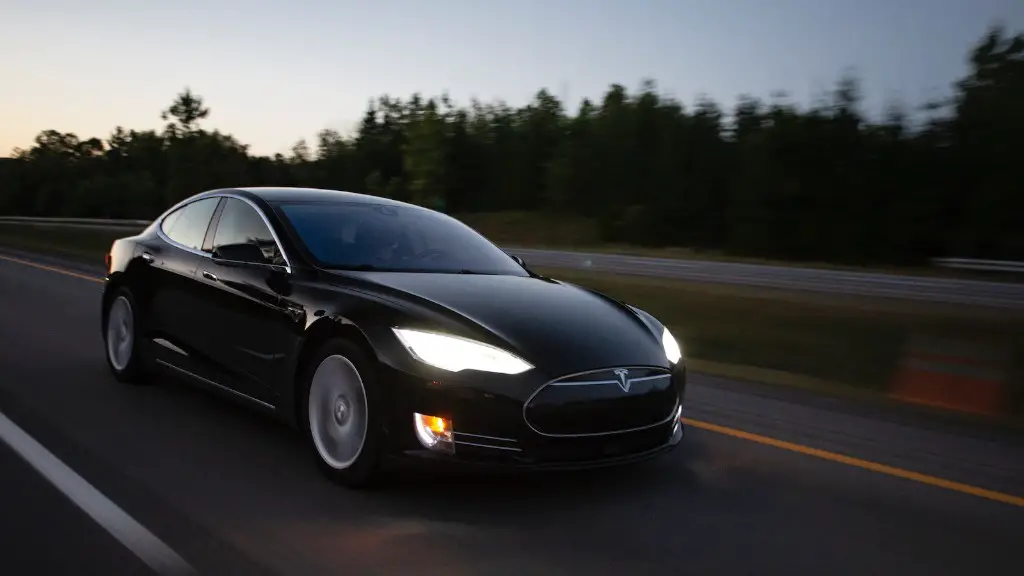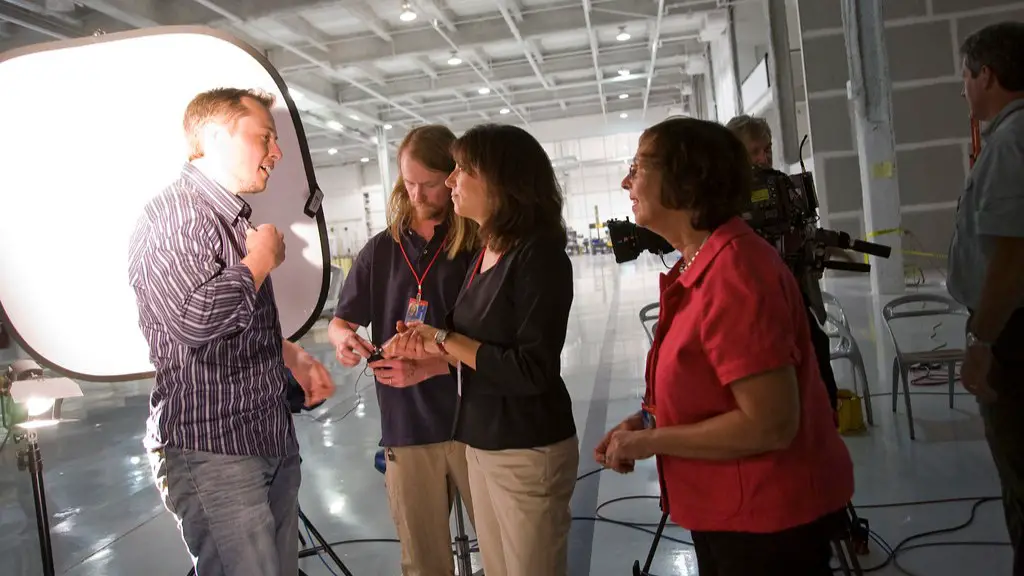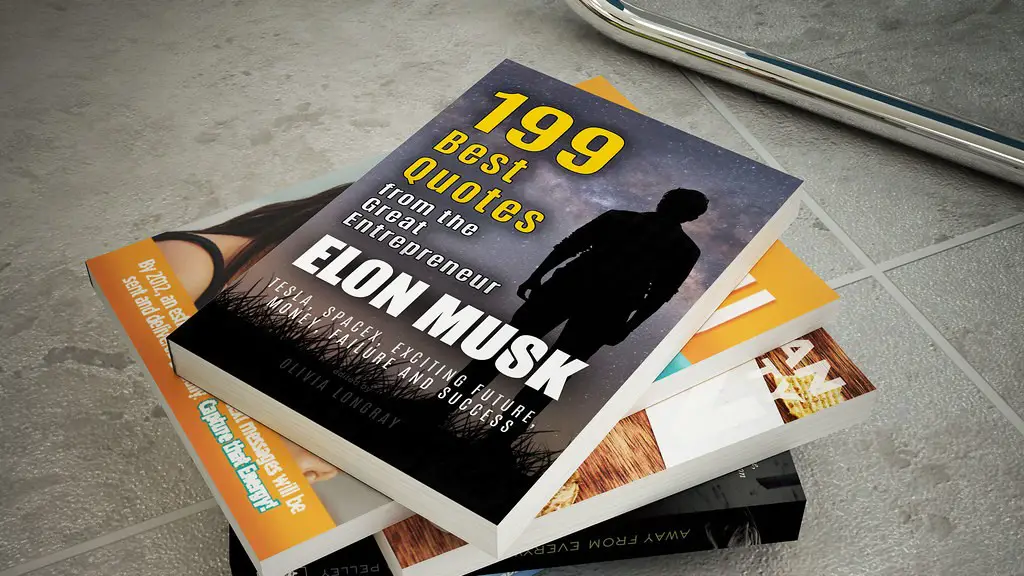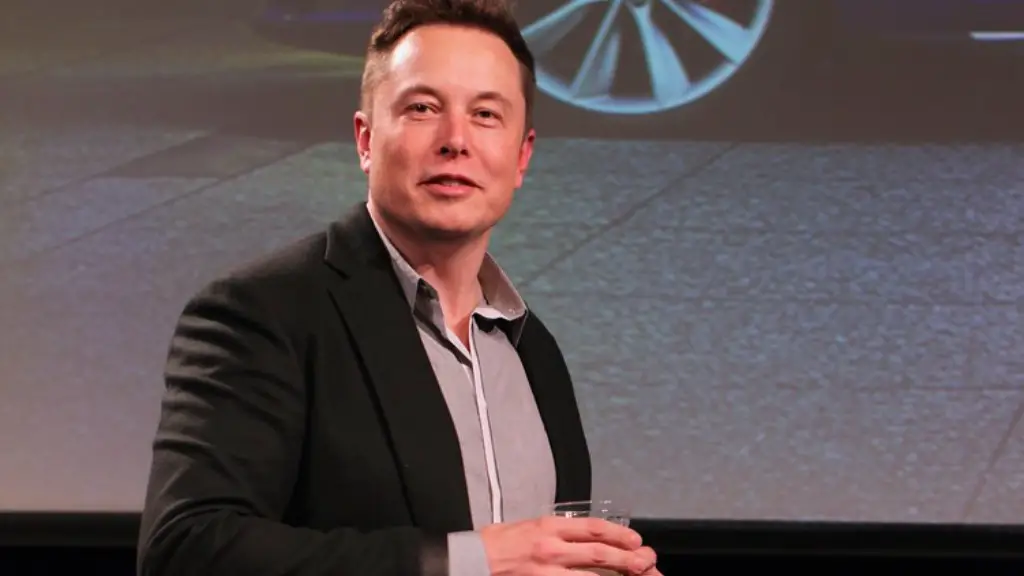In the early hours of February 6th 2018, SpaceX, a private aerospace manufacturer and space transportation services company owned by tech entrepreneur Elon Musk, launched a sports car into space. This audacious launch caught the full attention of the global media and raised the obvious question as to why an expensive vehicle was sent into space?
There have been multiple explanations for this mission however one of the primary objectives was to demonstrate the capabilities of SpaceX, an organization that develops and launches rockets and spacecraft with the aim of transforming life on earth by making space exploration accessible to everyone. In order to prove the company’s capabilities, Musk unveiled the world’s first rocket that could be reused, which reduced the cost significantly. This rocket was used to propel the Tesla Roadster and its driverless mannequin, known as “Starman”, into space.
Measuring 69 meters and weighing almost 595 metric tons, the Falcon Heavy is renowned as the largest and most powerful operational rocket in the world and has increased the capabilities of space exploration. By launching the Tesla into space, Musk was essentially showcasing the power and capacity of the Falcon rocket and demonstrating that travel beyond Earth’s atmosphere was no longer an impossible mission. This meant that the prospect of space tourism and space exploration had become much more realisable.
At the same time, it can also be argued that this mission was the embodiment of the pioneering spirit of the early days of space exploration. Through sending a car into space, Musk was able to revive the romanticism associated with the space race and evoke the same sense of thrill and excitement felt by millions of people in 1957, when Russia became the first nation to launch a satellite into space.
Dr. Robert Zubrin, President of the Mars Society and an internationally acclaimed space exploration expert, declared that the presence of the Tesla in space is “a work of art”, appreciating the audaciousness of the mission. He noted that this launch offered a “stunning combination of risk and achievement”, pushing the boundaries of what is possible in the aerospace industry. As the first successful launch of the Falcon Heavy rocket “opened a new era in spaceflight”, the mission was consequently highly celebrated in the media.
The success of this mission further established Musk’s reputation as one of the world’s most ambitious entrepreneurs and pioneers in the field of space exploration. Through his innovative solutions, he continues to transform our understanding of what is possible in the world of aerospace and, as he claimed, “aims to make life multiplanetary”.
Cultural Impact
The launch of the Tesla into space captivated audiences around the globe. Consequently, the mission quickly acquired cult status and was celebrated by millions of people who have since become part of the mission’s legacy. The captivating visuals of Starman’s journey quickly became an icon of the modern space race and a symbol of the possibilities of exploration and adventure.
Simultaneously, posting footage of the car launch alongside a comedy show engagingly entitled ‘Live Commentary from Mars’ engaged a much younger audience, projecting Musk’s exploration endeavours in a new and modern light. In fact, it can be argued that this was a genius move as it allowed Musk to tap into a much younger audience, who may not have been interested in aerospace technology, but have unveiled a new interest since.
Consequently, the mission sparked a wave of SpaceX merchandise and pop culture references, ranging from Tesla t-shirts to Starman toys. In addition, the mission even inspired a music video from the world-renowned musician David Bowie, symbolising the sense of wonder sparked by the mission.
This cultural impact was further met with the announcement of SpaceX’s new satellite broadband internet service known as Starlink. This services showcases the prospect of space-based 5G data transmission, giving people the opportunity to access high-speed satellite internet around the world.
Public Response
The response to Musk’s mission has been overwhelmingly enthusiastic. Recognising the potential of space exploration, millions of people around the world have been able to witness the daringness and ambition of the mission and have embraced this as a symbol of hope and innovation.
The mission propagated a genuine passion and respect for the potential of space exploration and popularized the conversation around the peculiarities of the space industry. Looking at historical trends, the public certainly seems optimistic about the plans of Musk and SpaceX to continue pushing the boundaries of space exploration.
Finally, the launch of the Tesla has projected Elon Musk and his enterprises into the spotlight of the aerospace industry and in the eyes of the global media, sparking renewed interest and excitement for the future of space exploration.
Motivations Behind the Mission
Though often questioned, the motivations behind the mission were ultimately pragmatic and driven by the goal of furthering SpaceX’s progress in space exploration. By sending a Tesla into space, Musk was able to remind the world of the potential of aerospace technology and, more importantly, demonstrate the merit of his revolutionary rocket system.
By performing a bold mission with relatively low risk, Musk was able to put SpaceX innovatively on the map and increase the odds of gaining investment and publicity to achieve his long-term goals. This has been demonstrated through the company’s subsequent success, with the Falcon Heavy subsequently launching payloads for satellite companies and scientific probes.
Moreover, the mission gave Musk the opportunity to position himself as a tech pioneer who was eager to push the boundaries of space exploration and the reach of his accomplishments. As the mission was the first to send a car into space, it demonstrated the ambition of Musk in attempting to take the industry to new heights.
Elon Musk’s Effect on the Aerospace Industry
Despite critics arguing that such a mission was frivolous, it is clear that the launch of the Tesla into space was a pivotal moment for the aerospace industry as a whole. Not only has it demonstrated the potential of commercial space exploration, but it has also caused many of the world’s biggest aerospace players to take notice of the exciting developments coming out of SpaceX and its owner Elon Musk.
As Musk’s success spurred a renewed interest in space exploration, it has consequently accelerated the development of many technology initiatives. In fact, according to the European Space Agency (ESA), the mission highlighted the notion that space has become an accessible industry that is no longer only limited to government bodies and scientific research.
This mission has consequently encouraged major corporations to look at space tourism and exploration as a viable business opportunity. Moreover, the mission has caused aerospace organizations around the world to reevaluate the importance of broadening their reach, showcasing the importance of putting a unique spin on traditional mission launches.
Continued Progress of SpaceX
Since its launch, SpaceX has continued to make progress in the field of aerospace exploration. Through innovative initiatives such as reusable rockets, which saw the Falcon Heavy’s first launch successful, SpaceX has continued to make remarkable progress in space exploration.
The continued progress of SpaceX since the Tesla’s launch is also evident through the development of high-profile projects such as the SpaceX Starship.This interplanetary vehicle is designed to carry passengers to Mars and provide them with the capability of exploring our solar system beyond Earth’s atmosphere.
Additionally, the mission has contributed to raised awareness on the implications of global warming, inspiring millions of people to become actively engaged in the conversation. Through his endeavours, Musk has effectively converted space exploration from a niche industry to one that is universally respected and embraced.
SpaceX and Future of Space Exploration
Ultimately, the mission was pivotal in showing the world that space exploration was within our realms. It was an ambitious mission that encouraged millions of people to embrace space exploration and, in doing so, furthered the most iconic space mission to date.
By utilising advanced aerospace technology to send the first car into space, Elon Musk has been able to rally millions of people behind his vision of interplanetary travel. Consequently, it complemented the gains of SpaceX, while reinvigorating public interest in space exploration and, in turn, its future.



